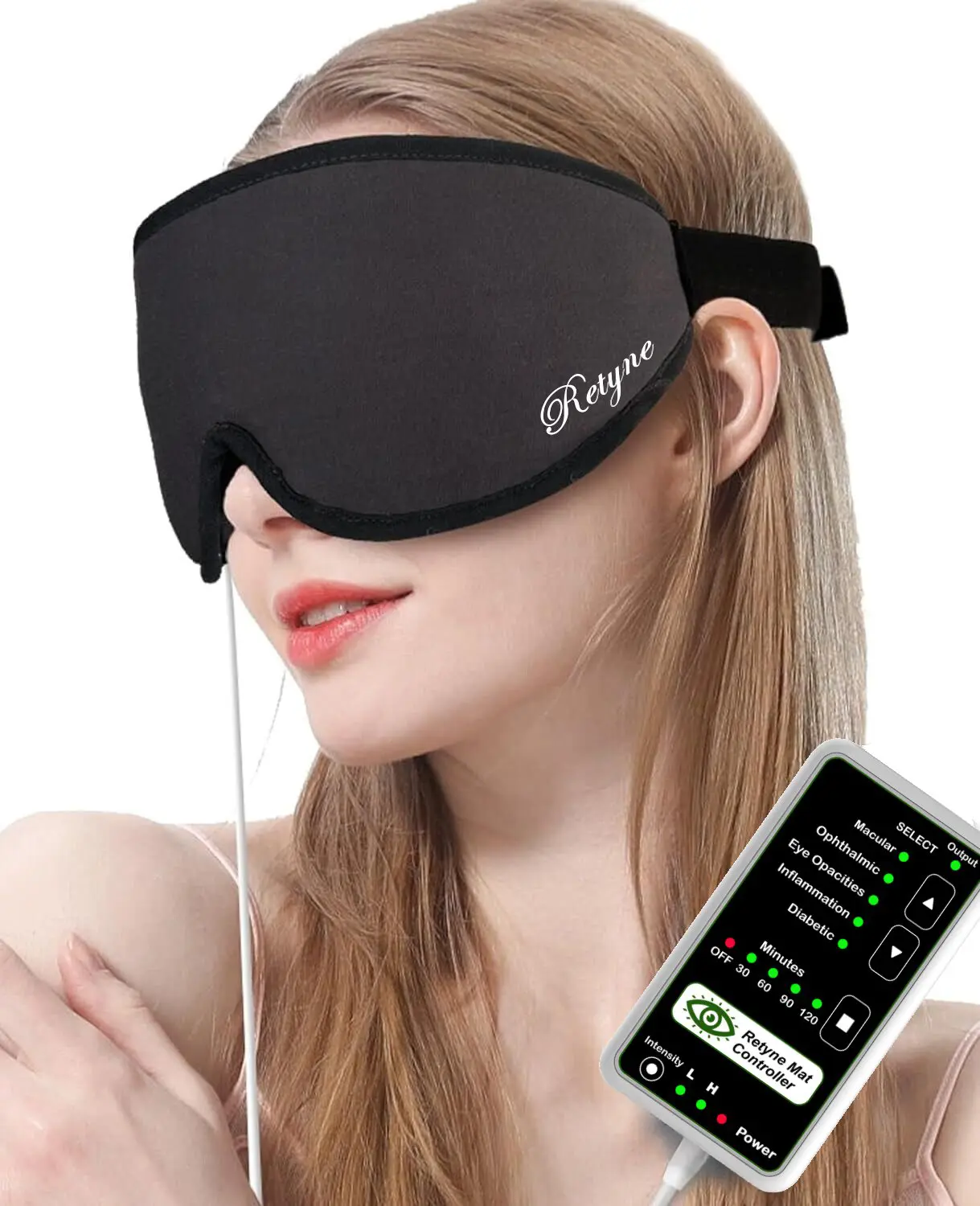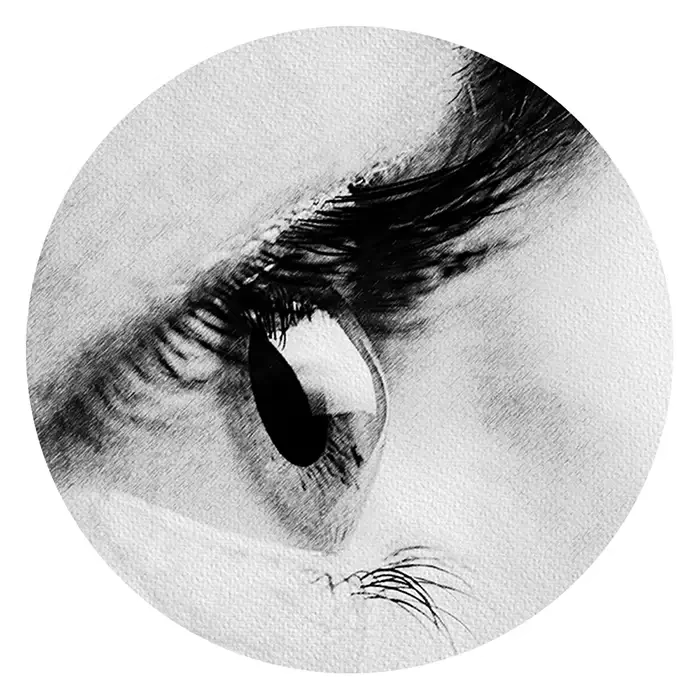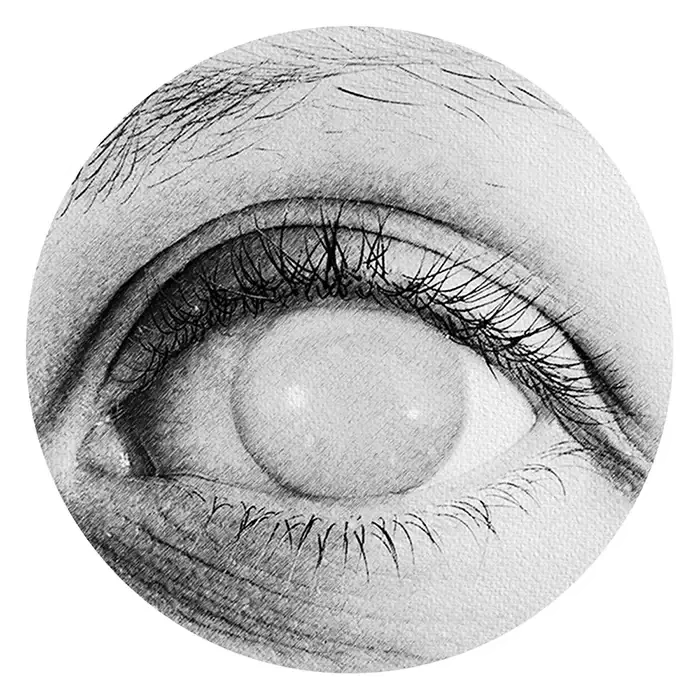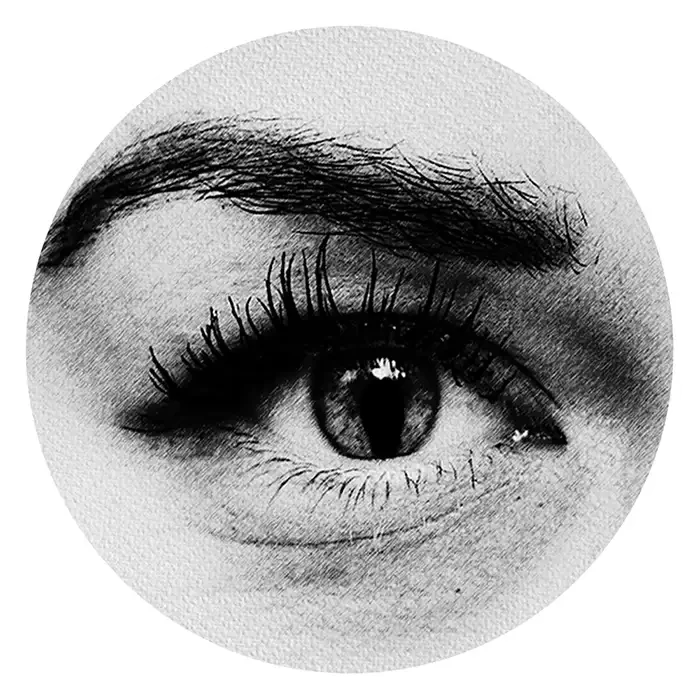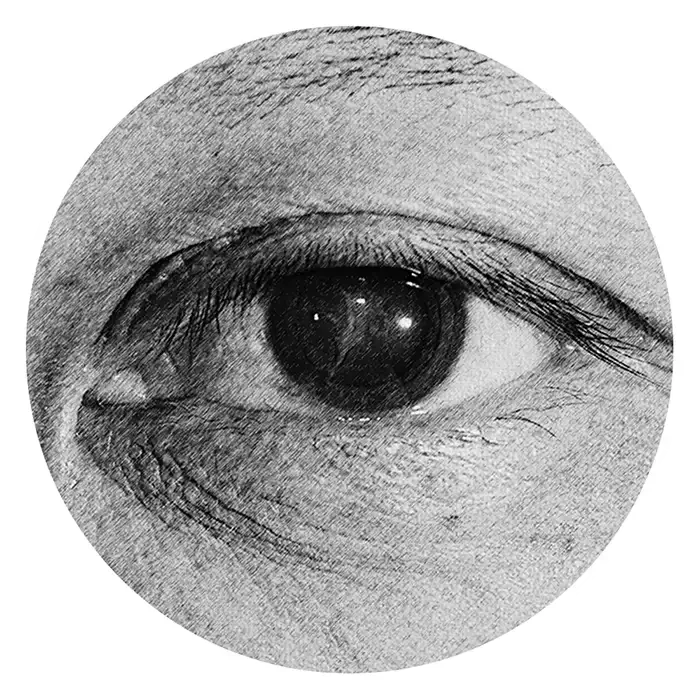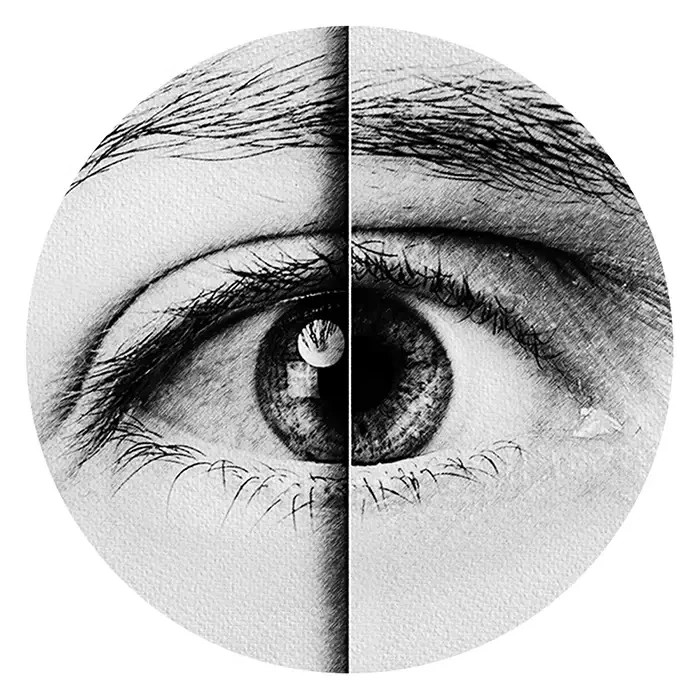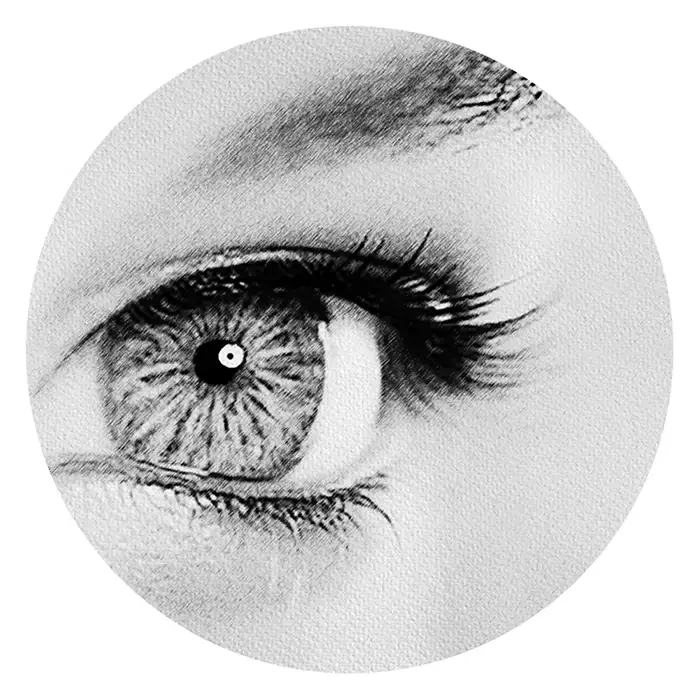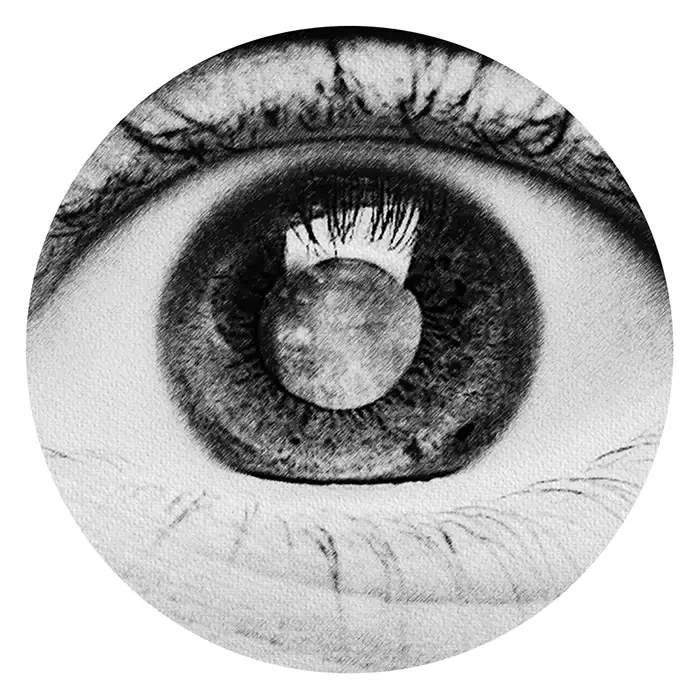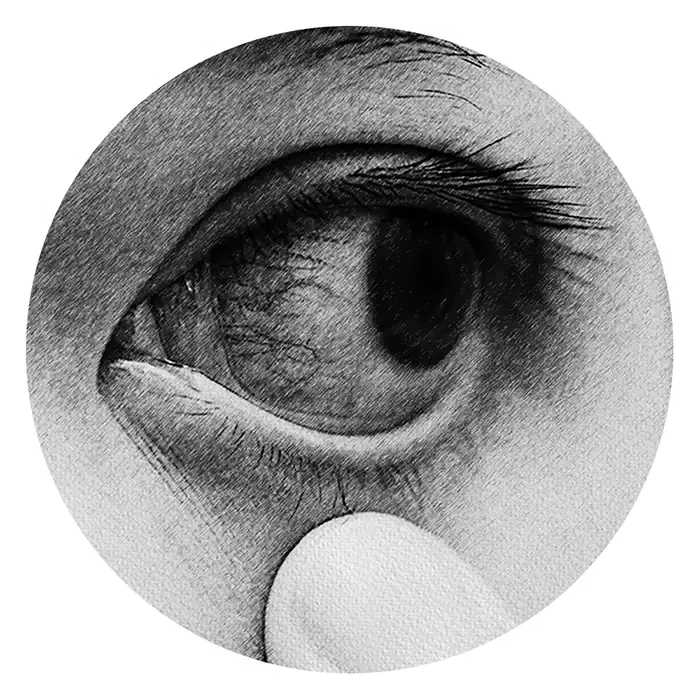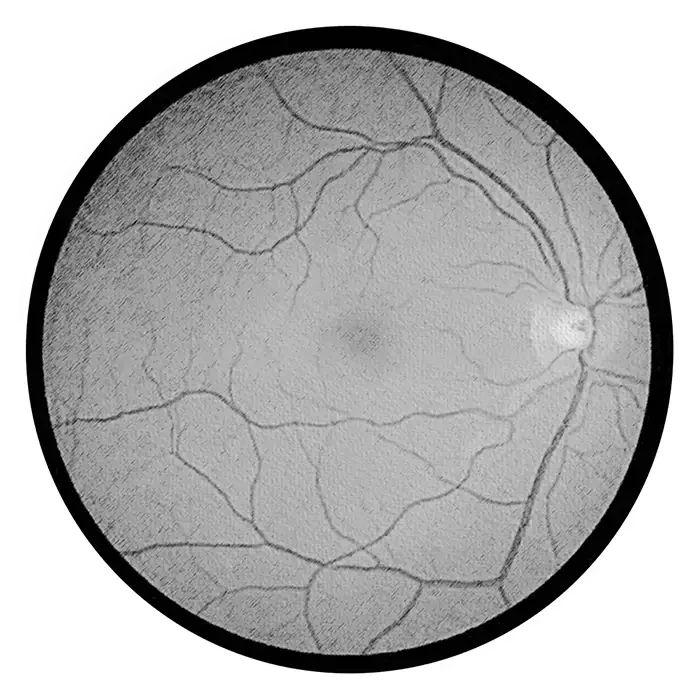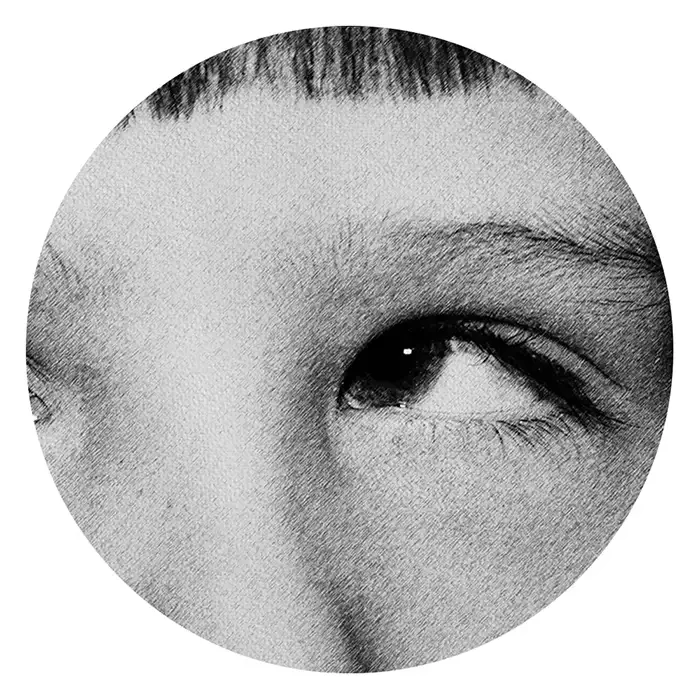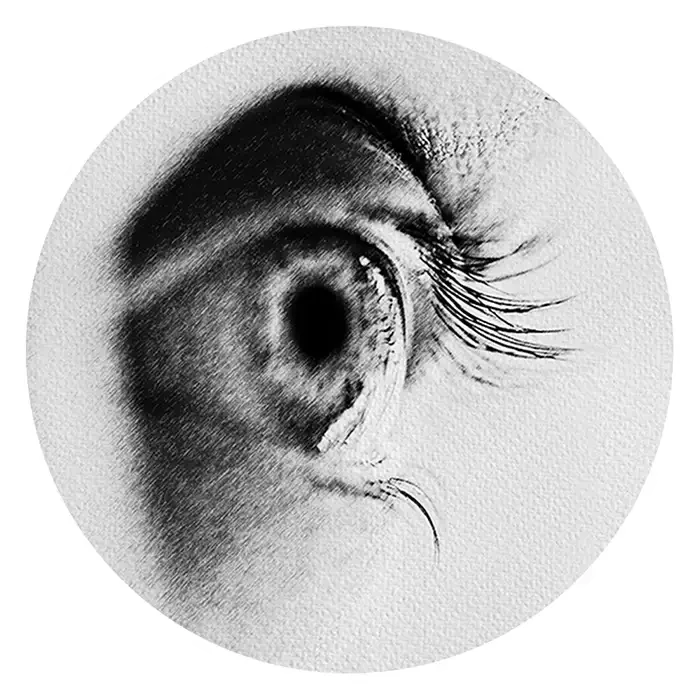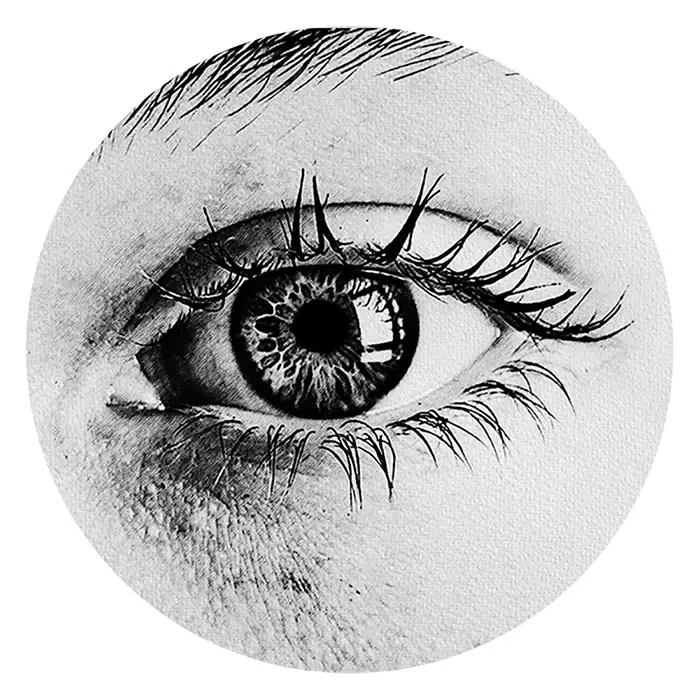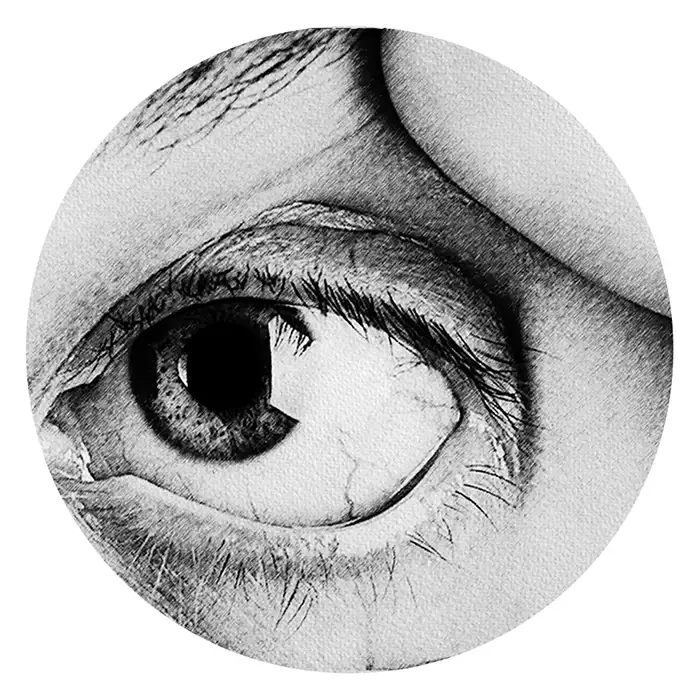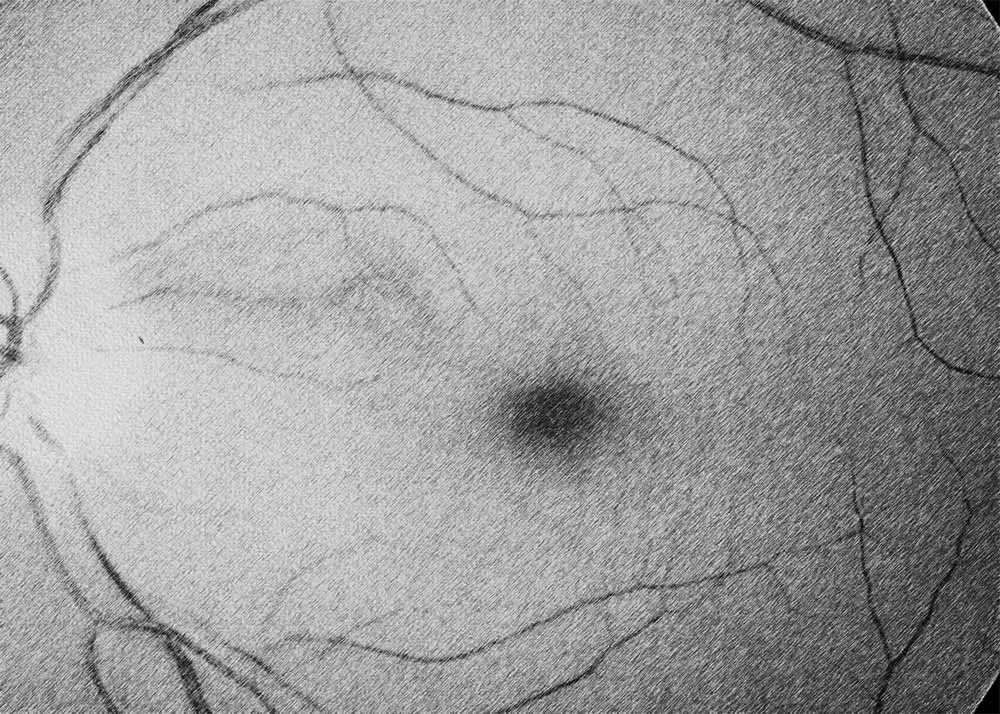
Treating Retinal Artery Occlusion with Infrared Therapy
Retinal Artery Occlusion (RAO) is a vascular disorder characterized by the blockage of one of the arteries that supply blood to the retina, leading to a sudden and severe loss of vision in the affected eye. There are two main types of RAO: Central Retinal Artery Occlusion (CRAO), which affects the central retinal artery, and Branch Retinal Artery Occlusion (BRAO), which affects one of the branch arteries. CRAO leads to profound and often permanent visual loss, whereas BRAO typically results in a more localized area of vision loss corresponding to the distribution of the affected artery.
Diagnosis and Pathophysiology:
Diagnosis of RAO involves a comprehensive eye examination, including visual acuity assessment, fundus examination, and imaging studies such as fluorescein angiography and optical coherence tomography (OCT). Fluorescein angiography helps visualize the extent of vascular occlusion, while OCT provides detailed images of retinal layers and thickness, aiding in the assessment of macular edema and ischemia. RAO is typically associated with conditions such as atherosclerosis, hypertension, cardiac disease, and embolic events.
Relationship to Eye Infections and Inflammation:
While RAO is primarily caused by vascular occlusion, it can also be associated with underlying inflammatory or infectious conditions that affect the blood vessels. Inflammatory diseases like giant cell arteritis and systemic vasculitis can lead to inflammation and narrowing of the retinal arteries, increasing the risk of occlusion. Additionally, infectious diseases such as endocarditis, syphilis, and tuberculosis can cause emboli to travel to the retinal arteries, resulting in occlusive events.
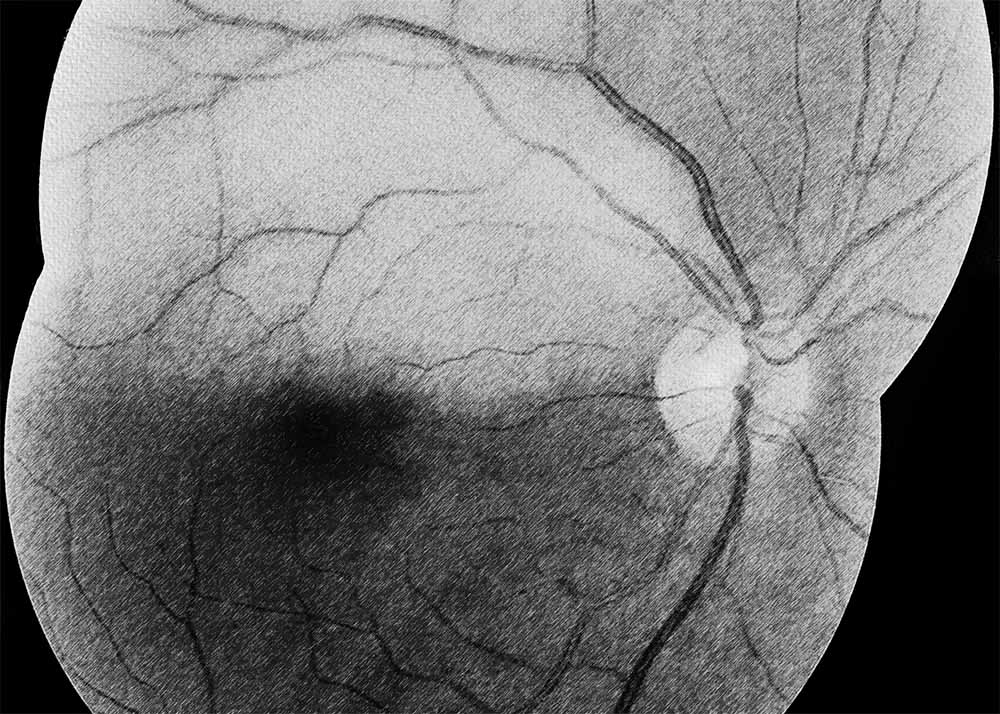
Treatment and Management:
Treatment of RAO aims to restore retinal perfusion and prevent further vision loss. However, the window for intervention is narrow, and outcomes may vary depending on the extent of ischemic damage. Therapeutic options include ocular massage, anterior chamber paracentesis, intraocular pressure-lowering medications, and systemic therapies such as hyperbaric oxygen therapy and thrombolytic agents. Additionally, interventions to address underlying risk factors such as hypertension, hyperlipidemia, and diabetes are crucial for preventing recurrent occlusive events.
Role of Retyne Infrared Eye Treatment:
The Retyne Infrared Eye Treatment mask offers a non-invasive therapeutic approach to complement traditional management strategies for RAO. Program #4 on the Retyne controller utilizes invisible infrared light to target the affected retina, promoting vasodilation, improving blood flow, and enhancing tissue oxygenation. By delivering targeted infrared therapy, the Retyne mask can potentially mitigate ischemic damage, reduce inflammation, and support retinal function in patients with RAO. This adjunctive treatment modality offers a promising avenue for optimizing visual outcomes and improving quality of life for individuals affected by this sight-threatening condition.
Retinal Artery Occlusion poses a significant risk to vision and requires prompt diagnosis and management to mitigate associated complications. While RAO primarily results from vascular occlusion, inflammatory and infectious factors may contribute to its pathogenesis. The Retyne Infrared Eye Treatment mask offers a novel therapeutic approach to complement conventional treatments for RAO, leveraging the benefits of invisible infrared light to promote retinal perfusion and tissue healing. Through program #4 on the Retyne controller, this innovative device has the potential to improve visual outcomes and enhance the overall management of RAO, providing hope for individuals affected by this challenging condition.
The Retyne eye treatment mask utilizes a general selection of frequencies (0.06, 0.5, 0.87, 12.85, 27.5, 141, 301.23, 453.02, 783.4, 825.03 ) tailored to address the symptoms related to Retinal Artery Occlusion. These frequencies have been meticulously chosen for their proven effectiveness in managing and treating this visual condition.
Retyne's approach involves converting each frequency into invisible infrared light output, marking a groundbreaking fusion of frequencies with light—a pioneering technology pioneered by Retyne Labs. Inspired by the groundbreaking work of Dr. Rife, who identified healing properties in specific frequencies and utilized light for their transmission, Retyne's innovative method capitalizes on current research on invisible infrared technology and builds upon past studies on light transmission through frequency sources. The result is the Retyne eye Treatment Mask, a convergence of state-of-the-art advancements in the field of visual care.
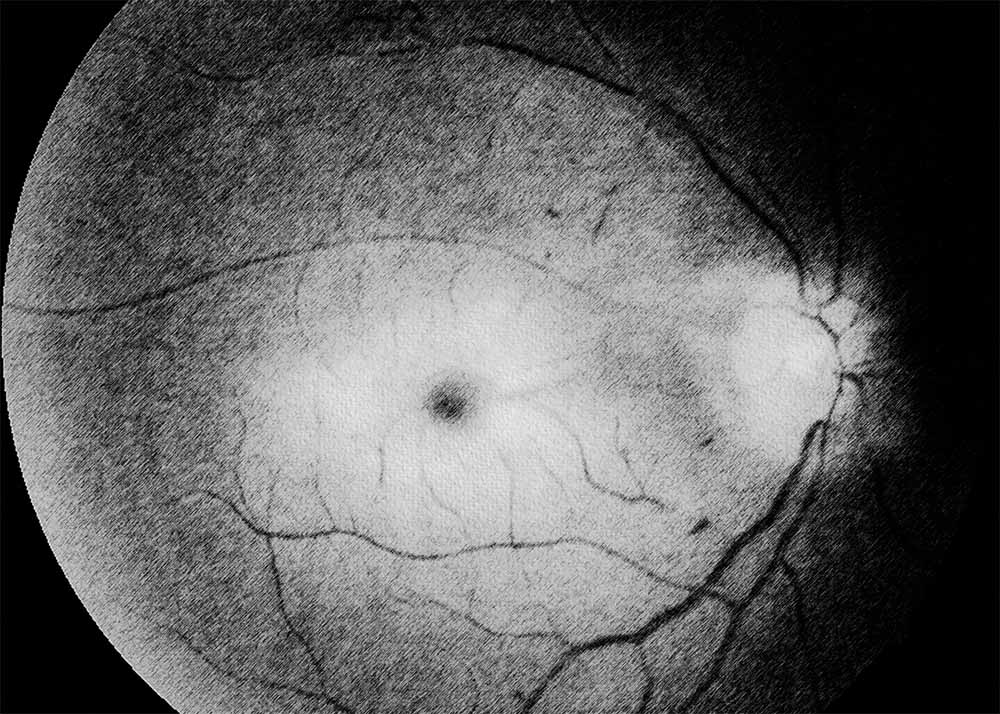
Moreover, for those utilizing advanced hardware such as the RDPV4, a secondary set of alternate frequencies for Retinal Artery Occlusion: 0.15, 0.18, 0.8, 5.5, 33.2, 172.3, 471.2, 557.82, 603.44, 921.88 is available. The RDPv4 offers an expanded range of frequencies, finely calibrated to provide even greater precision in addressing Retinal Artery Occlusion. By incorporating this secondary set of frequencies, the RDPV4 elevates the potential therapeutic benefits of the Retyne eye Treatment Mask, catering to individuals seeking advanced solutions for their visual health needs.
A Retinal Artery Occlusion Compatibile group exists at program 1233: (0.06, 0.5, 0.87, 12.85, 27.5, 141, 301.23, 453.02, 783.4, 825.03 )
A Retinal Artery Occlusion Alternate group exists at program 2952: Retinal disorders: 0.15, 0.18, 0.8, 5.5, 33.2, 172.3, 471.2, 557.82, 603.44, 921.88
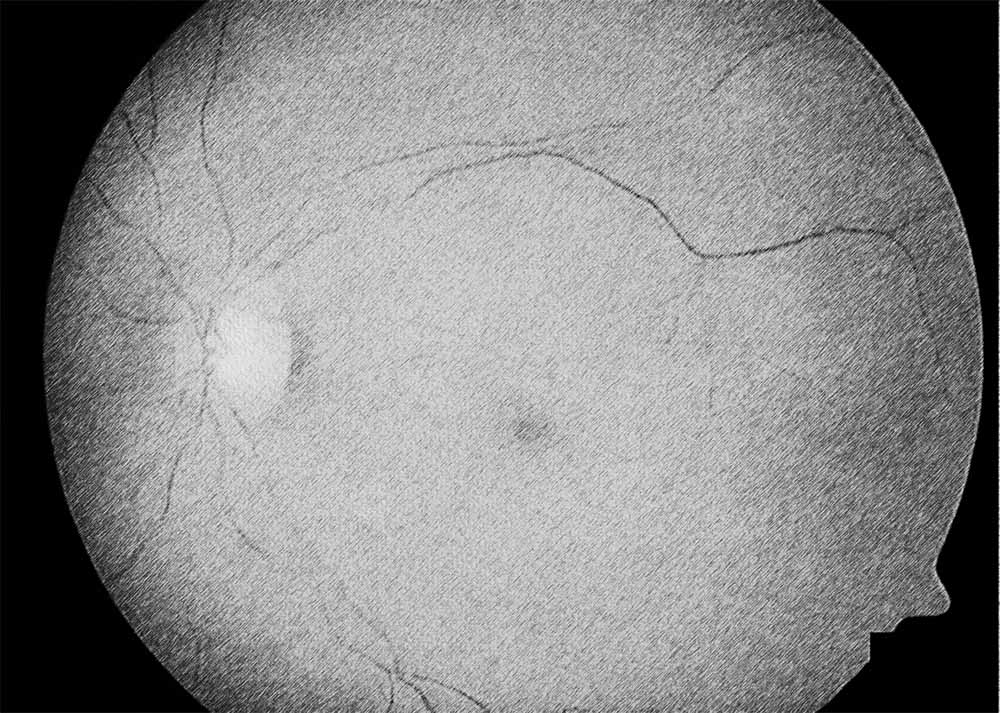
Compatibility
Standalone controller (Program #4) (Controller shipped with Retyne Eye Treatment Mask)
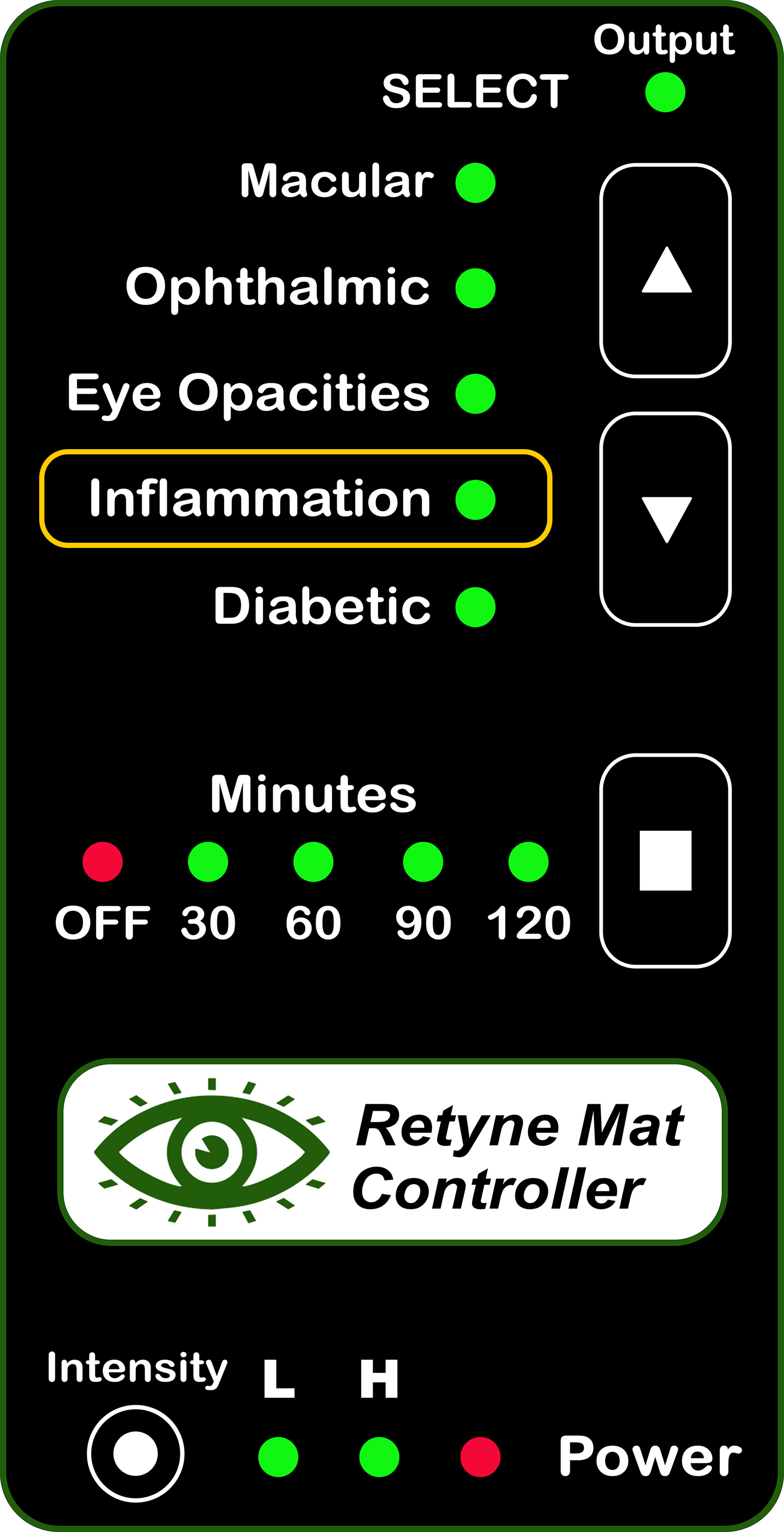
RDPV4 (Direct connect, use group 2952)
RDPV4 Light Mask Program button 4
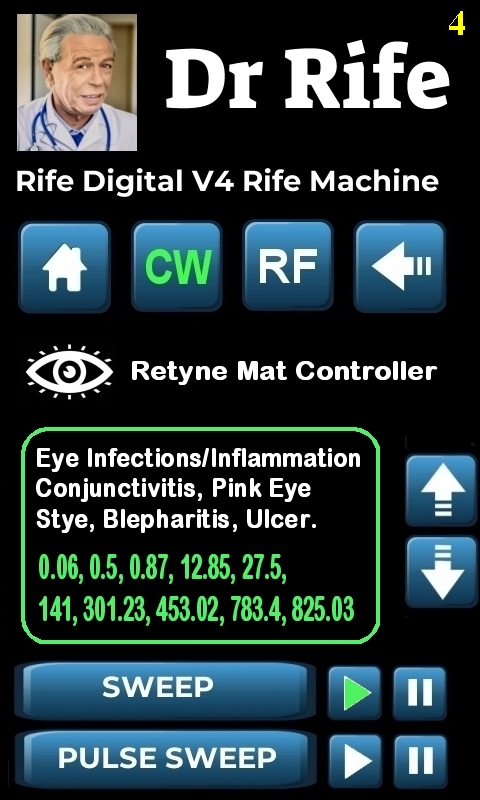
Click here for instructions on using the Retyne Mask + Controller
